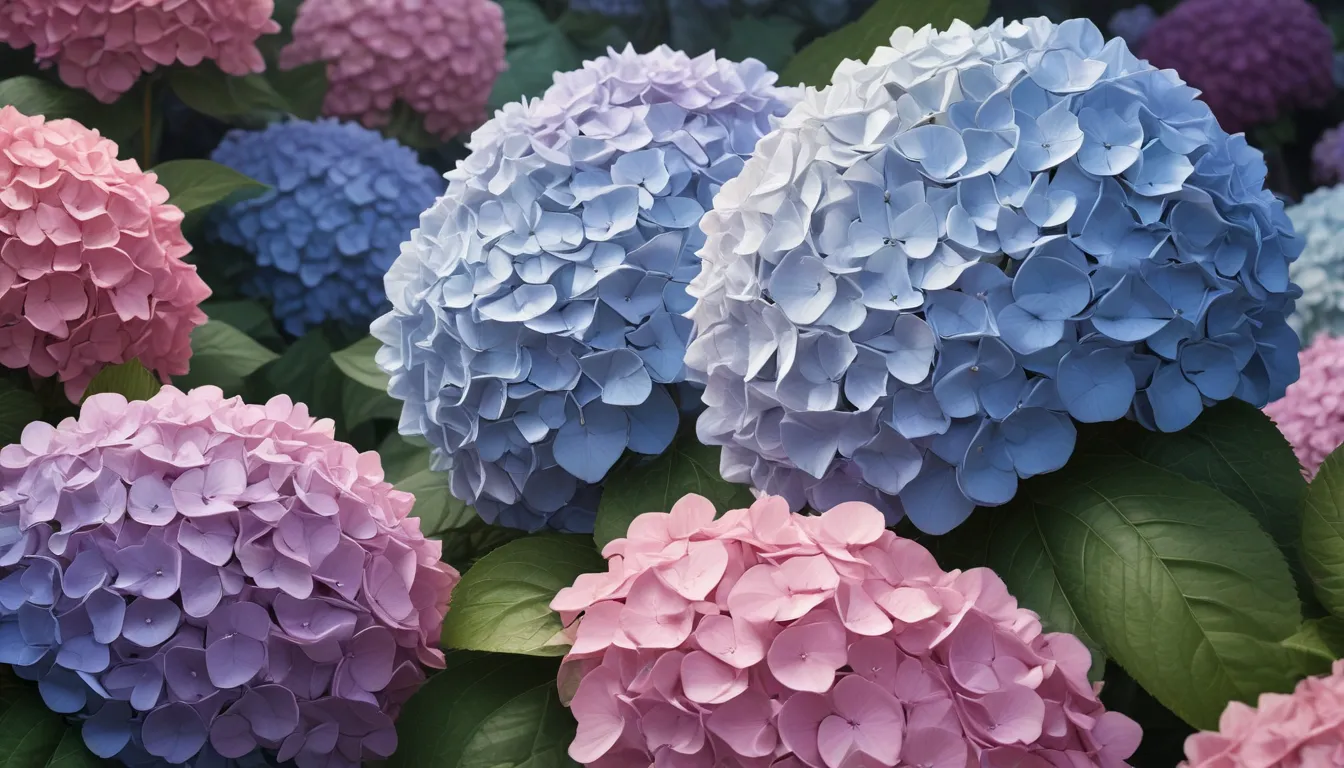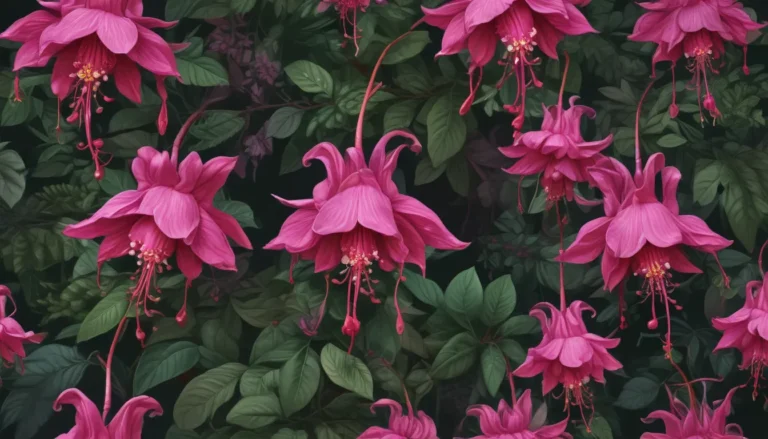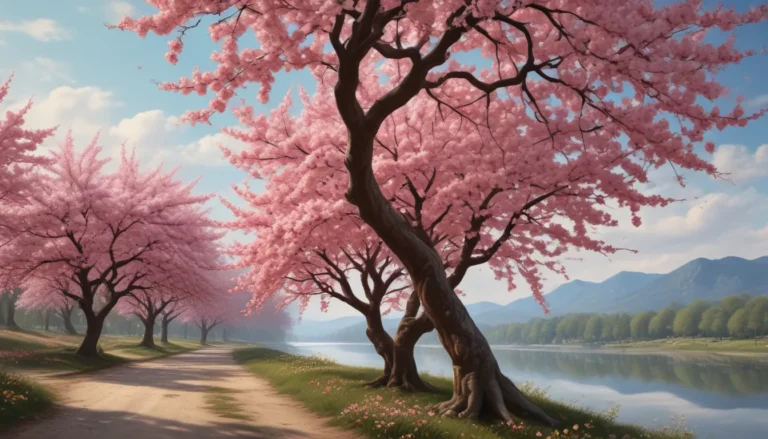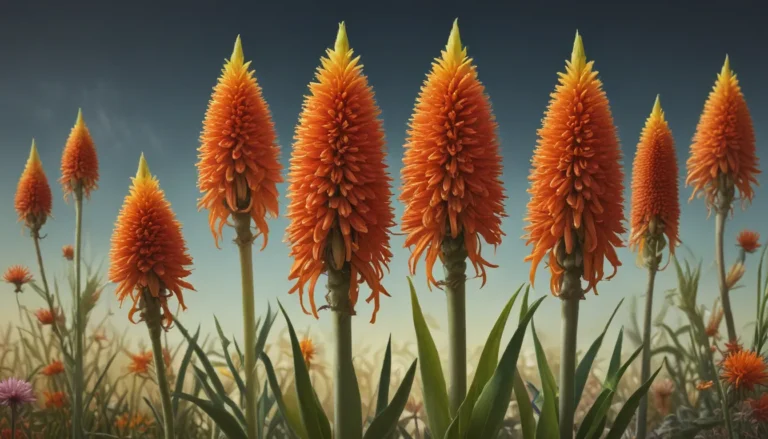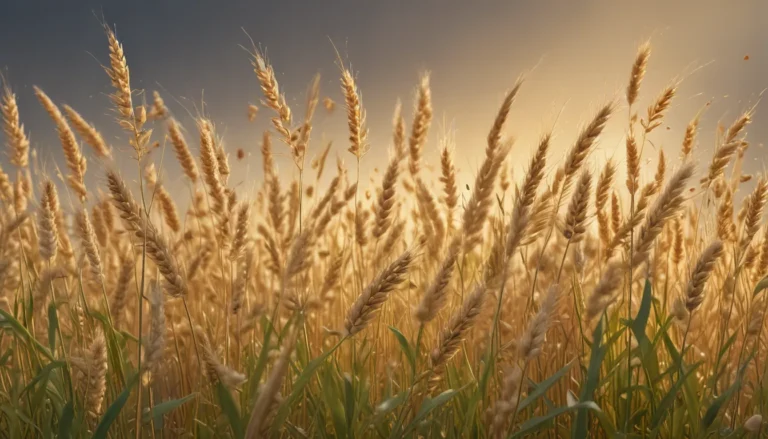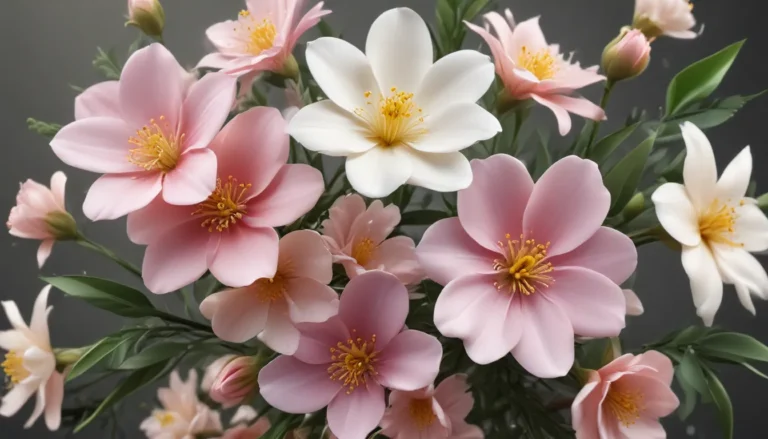The pictures we use in our articles might not show exactly what the words say. We choose these pictures to make you interested in reading more. The pictures work together with the words but don’t take their place. The words still tell you the important facts.
Hydrangeas are not just your ordinary flowering plant; they are a true marvel of nature that captivates gardeners worldwide with their vibrant colors and stunning blooms. While many may be familiar with the basic characteristics of hydrangeas, there are several surprising and fascinating facts about these enchanting flowers that often go unnoticed. From their ability to change color based on soil pH to their rich history and symbolic meanings, hydrangeas have a lot more to offer than meets the eye. So, let's embark on a journey to uncover nine surprising facts about hydrangeas that will deepen your appreciation for these remarkable plants and perhaps even spark some interesting conversations in your gardening circles.
Key Takeaways:
- Versatile and Visually Appealing: Hydrangeas change colors based on soil pH and symbolize love and gratitude, making them perfect for special occasions and home decor.
- Rich History and Diverse Uses: From landscaping to traditional medicine, hydrangeas have a wide range of applications that make them a fascinating addition to any garden.
The Colorful World of Hydrangeas
One of the most intriguing aspects of hydrangeas is their remarkable ability to change colors based on the pH level of the soil they are planted in. From vibrant blues and purples in acidic soil to soft pinks and whites in alkaline soil, hydrangeas can effortlessly adapt to their environment, making them a versatile and visually appealing addition to any garden.
A History Steeped in Symbolism
Hydrangeas have been cultivated for centuries and hold deep cultural meanings in different parts of the world. In Japan, they are a symbol of heartfelt emotions and gratitude, while in Victorian times, they were associated with vanity and boastfulness. Today, hydrangeas are commonly linked to love, abundance, and grace, showcasing the diverse symbolism attached to these beautiful blooms.
A Global Journey: From Asia to the Americas
Hydrangeas are native to diverse regions such as Asia, North America, and South America, showcasing their adaptability to different climates and environments. This widespread distribution has contributed to their popularity as ornamental plants around the globe, making them a beloved choice for gardeners seeking a touch of elegance in their landscapes.
Versatile Growth Habits
Hydrangeas come in various varieties, with some growing as compact shrubs while others climb and cover walls as beautiful vines. This versatility in growth habits allows for a range of landscaping possibilities, from formal and structured gardens to more natural and whimsical settings, where hydrangeas can thrive and make a striking visual impact.
Ageless Beauty: Color-Changing Blooms
Unlike most flowers that maintain their color once they bloom, hydrangeas have the unique ability to change hues as they age. This fascinating characteristic means that you can enjoy a spectrum of colors from a single plant as the flowers mature, adding an element of visual interest and enchantment to your garden.
The Greek Connection: Unveiling the Roots of the Name
The name "hydrangea" traces back to its Greek origins, with "hydor" meaning water and "angos" meaning vessel. This name alludes to the cup-like shape of the hydrangea's seed capsules, emphasizing the plant's need for consistent moisture to thrive. Hence, hydrangeas are often associated with water-loving plants and the beauty they bring to water-rich environments.
Show-Stopping Blooms: A Signature Trait
One of the defining features of hydrangeas is their large and showy blooms that can create a dramatic impact in any garden or floral arrangement. Their abundant clusters of flowers make them a popular choice for weddings, special occasions, and home decor, adding a touch of elegance and charm to any setting.
Preserving Beauty: Drying Hydrangeas
If you wish to prolong the beauty of hydrangea blooms, you can easily dry them for long-lasting enjoyment. Dried hydrangeas retain their color and shape, allowing you to incorporate them into wreaths, bouquets, or home decorations, serving as a reminder of the timeless elegance and allure of these captivating flowers.
Healing Powers: Exploring Medicinal Uses
In traditional medicine, specific parts of the hydrangea plant have been utilized for their potential medicinal benefits. The hydrangea root and leaves are believed to possess anti-inflammatory and diuretic properties, offering relief for conditions such as arthritis and urinary tract infections, showcasing the multifaceted nature of these extraordinary plants.
Conclusion
Hydrangeas truly embody the essence of beauty, versatility, and symbolism, making them a cherished addition to any garden or landscape. From their color-changing abilities to their rich history and healing properties, hydrangeas continue to captivate enthusiasts and nature lovers alike. Whether you are an avid gardener or simply appreciate the wonders of nature, embracing hydrangeas in your outdoor space will undoubtedly elevate its elegance and charm. Delve into the enchanting world of hydrangeas and witness firsthand the magic they bring to your surroundings.
FAQs
Q: Can hydrangeas grow in all climates?
A: Hydrangeas are adaptable plants that thrive in various climates, with a preference for temperate and mild conditions.
Q: How do I prune my hydrangeas?
A: Pruning hydrangeas depends on the specific variety, typically done in late winter or early spring to remove dead branches and shape the plant.
Q: Can I change the color of my hydrangeas?
A: Yes, adjusting the soil pH can alter the color of hydrangea blooms, with acidic soil producing blue flowers and alkaline soil yielding pink or purple blooms.
Q: Can hydrangeas be grown in containers?
A: Absolutely! Hydrangeas thrive in containers, making them ideal for balconies, patios, and small gardens with proper drainage and adequate space for root growth.
Q: How often should I water my hydrangeas?
A: Hydrangeas require regular watering, especially during hot and dry periods, to maintain moist soil without waterlogging.
Q: Are hydrangeas toxic to pets?
A: Certain hydrangea species contain toxins in leaves and flower buds that can be harmful to pets if ingested, necessitating caution in pet-friendly environments.
Q: How long do hydrangeas bloom for?
A: The blooming period of hydrangeas varies by species and environmental conditions, typically extending from late spring to early fall, providing months of stunning floral displays.
Q: Can I grow hydrangeas from cuttings?
A: Yes, hydrangeas can be propagated from cuttings, requiring rooting hormone and proper care to develop roots and establish into new plants.
Q: Are hydrangeas deer-resistant?
A: While no plant is entirely deer-proof, certain hydrangea varieties like oakleaf and panicle hydrangeas are less appealing to deer due to their textured flowers and thicker leaves, making them a deterrent in deer-prone areas.
Embark on a captivating journey into the world of hydrangeas, where beauty, symbolism, and versatility converge to create a truly enchanting experience. Uncover the secrets and surprises these remarkable flowers hold, and let the allure of hydrangeas inspire and delight you as you embrace their timeless elegance in your garden. Explore, learn, and cherish the magic of hydrangeas, for they are truly a treasure waiting to be discovered.
